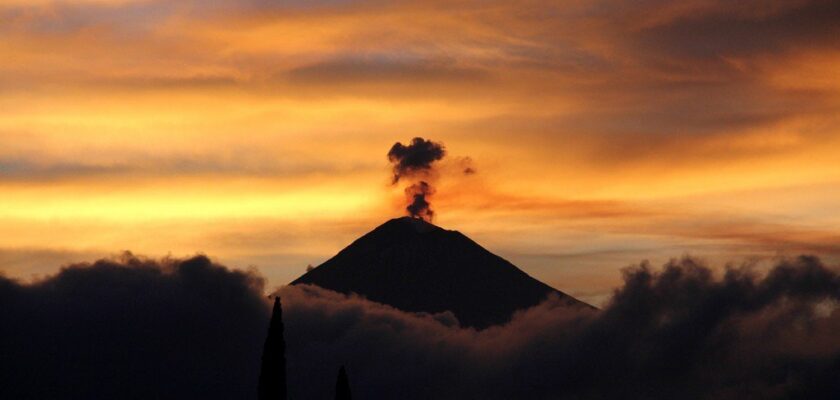Popocatepetl Volcano
Popocatepetl is an active volcano and the second highest peak in Mexico. The name comes from two words in the Nahuatl language: popoca for “smoking” and tepetl for “hill”, i.e. Smoky Hill. Popocatepetl is located next to the extinct volcano Istaxihuatl, together they are combined to form the Istaxihuatl-Popocatepetl National Park.
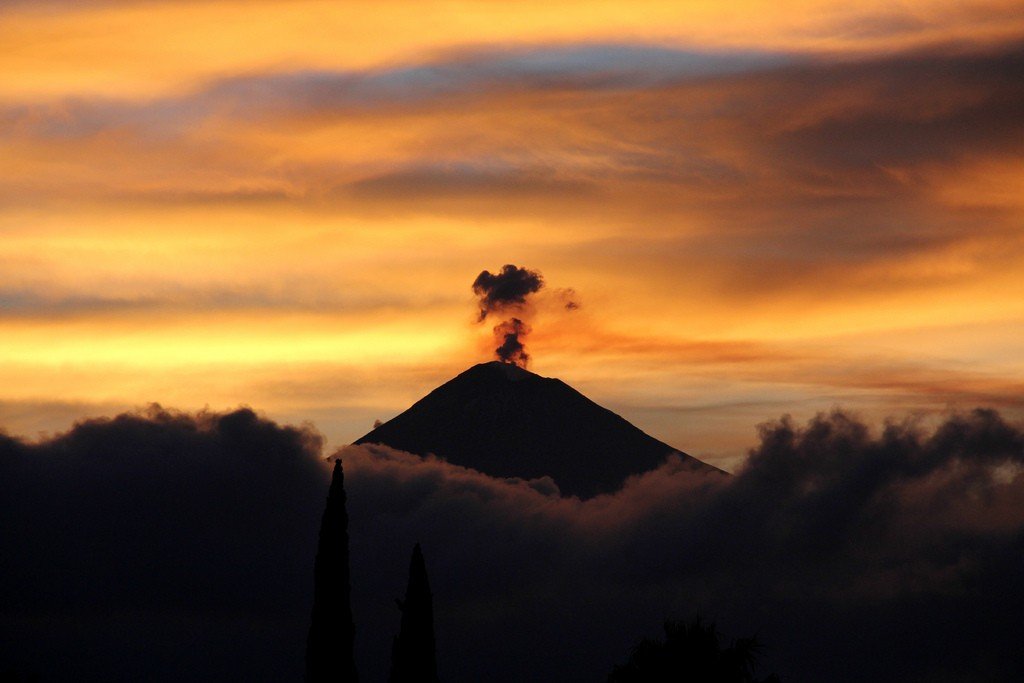
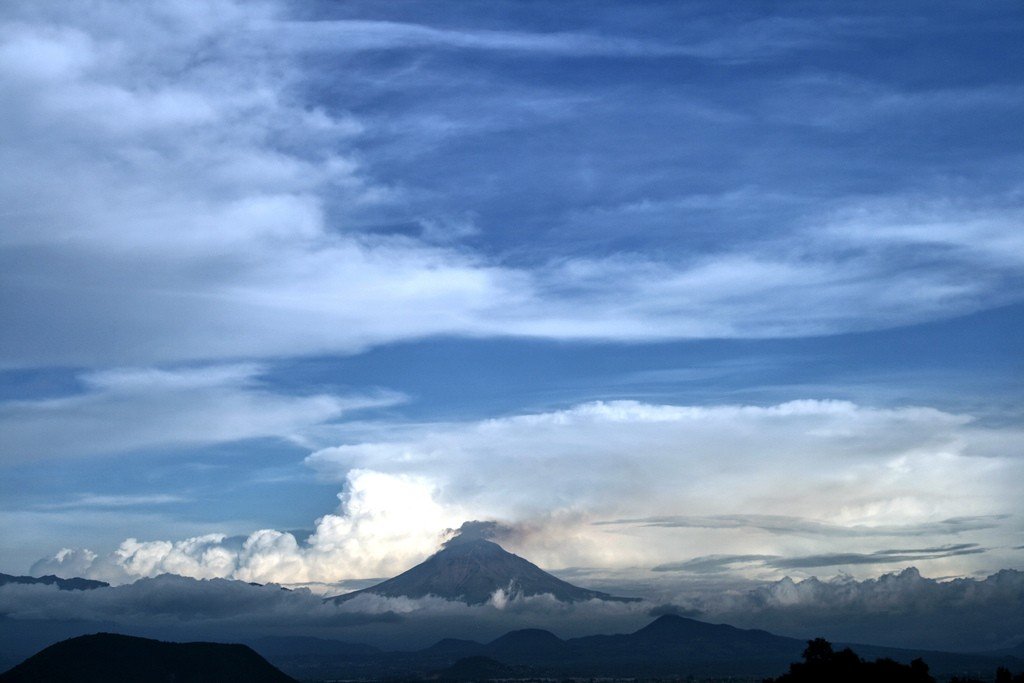
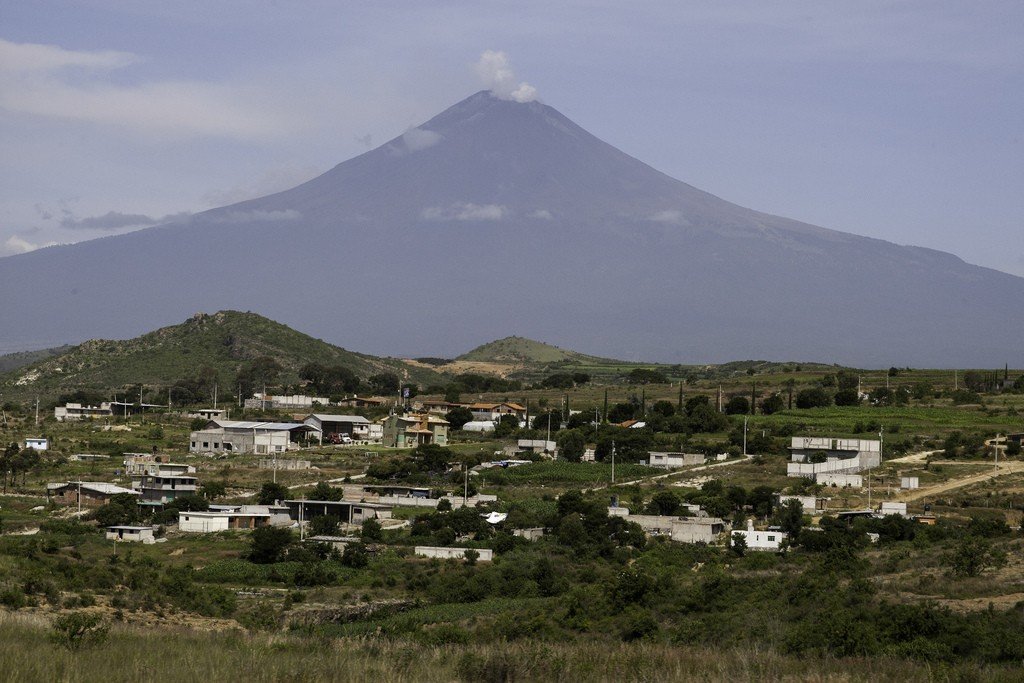
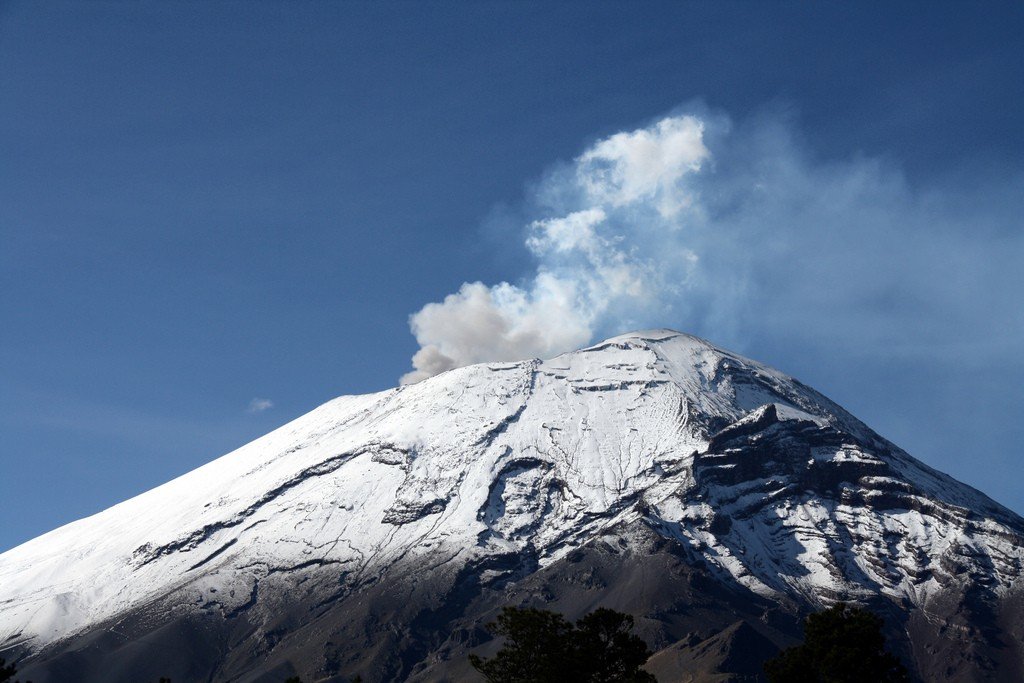
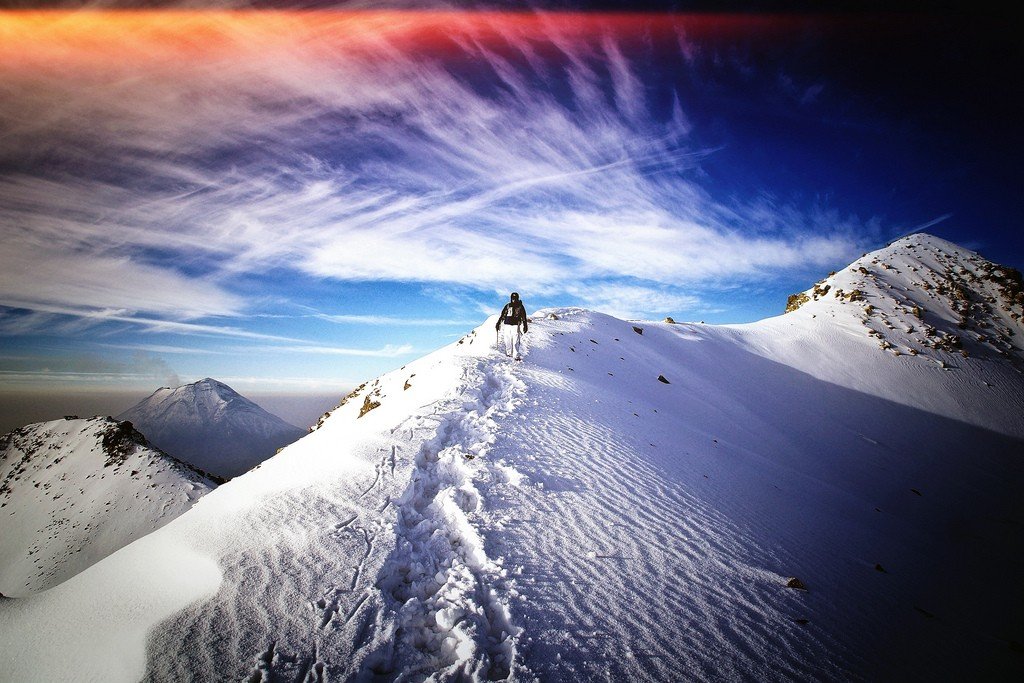

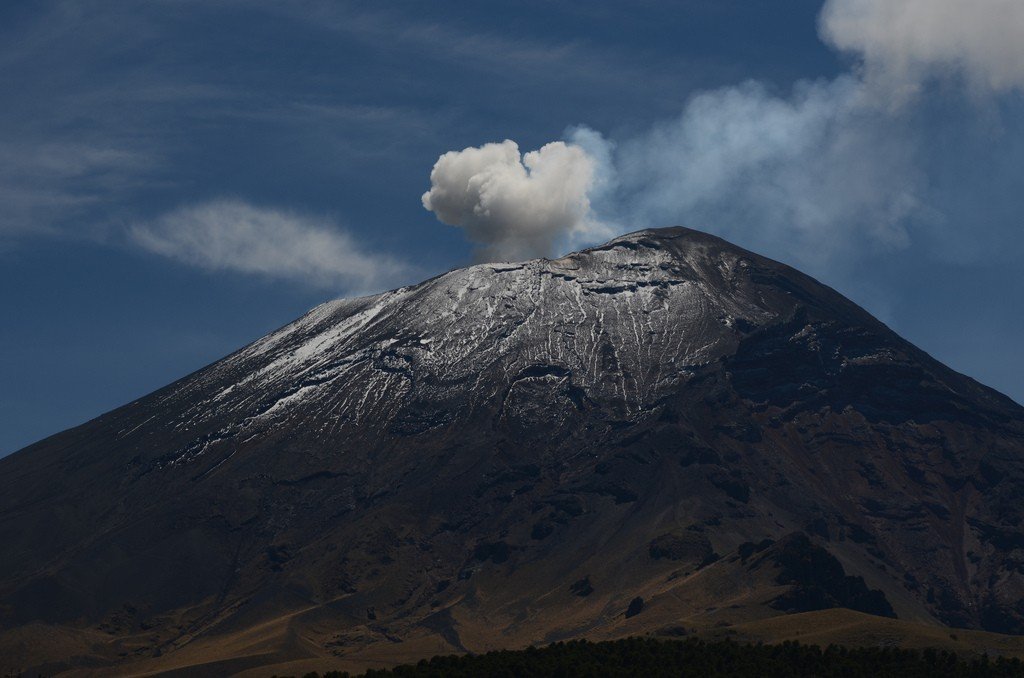
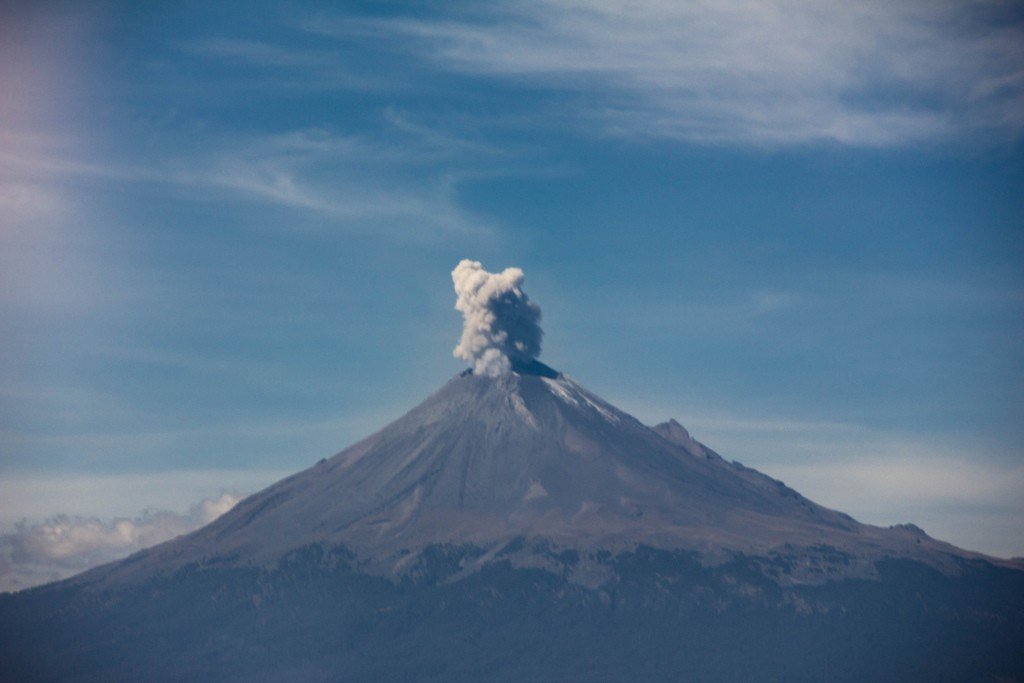
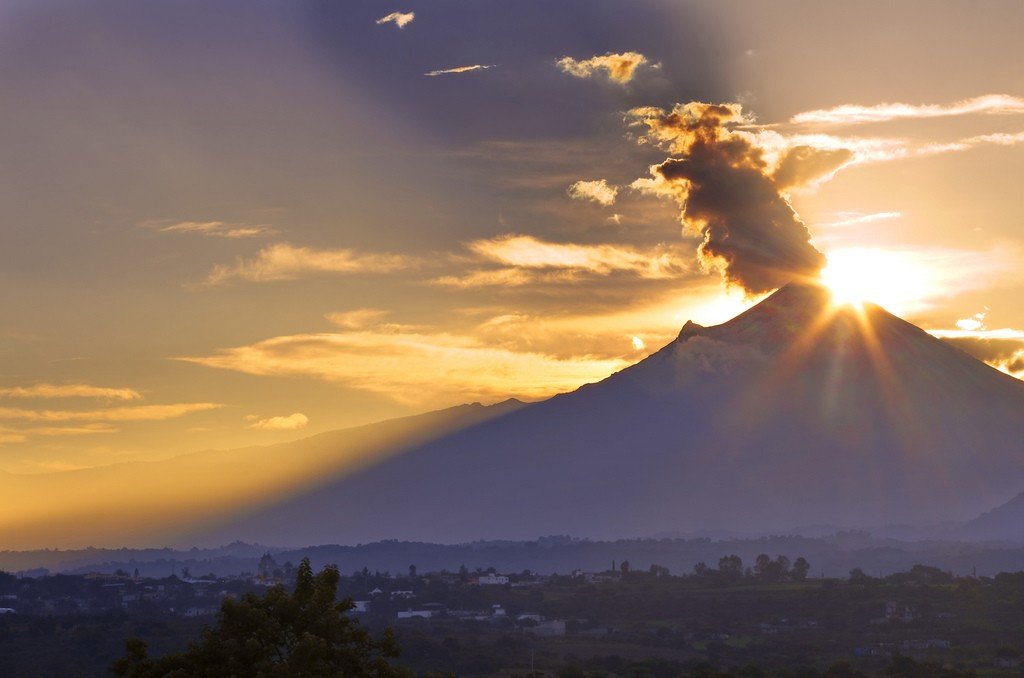
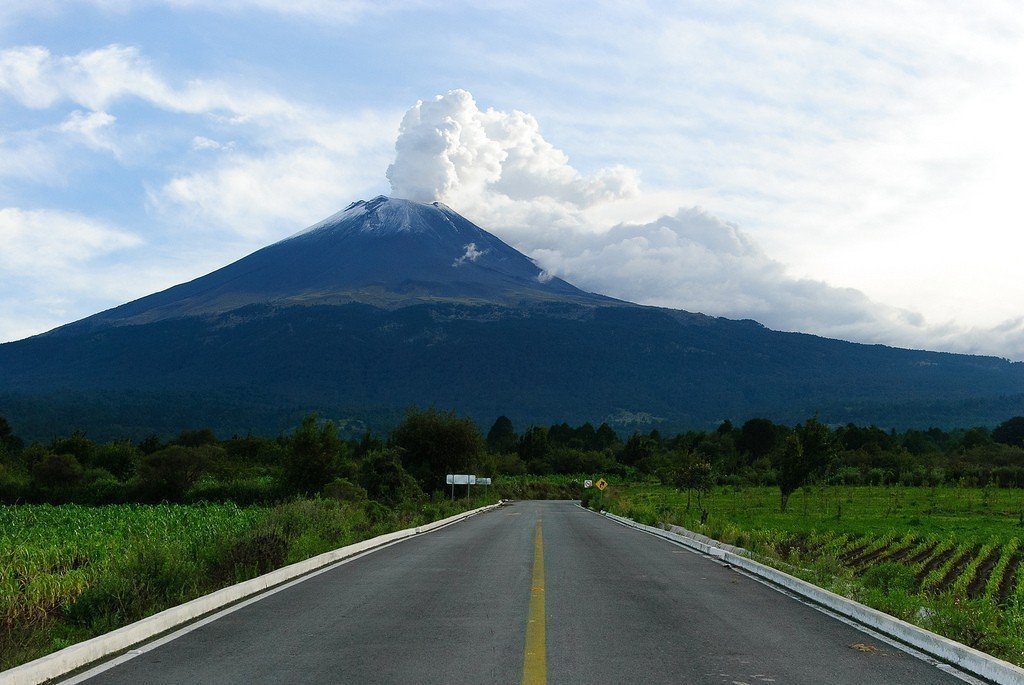
General information
The volcano can be divided into 3 zones: lower, middle and upper. The lower, due to the lush vegetation is considered a green zone covered with fragrant coniferous forests. This zone smoothly flows into the dead or stone zone. The upper part of the mountain is covered with non-melting glaciers. Due to the fertility of the soils surrounding the volcano, the “Tule Tree”, a world-famous yew tree, which is declared a natural monument by the Mexican government, grows here. Its trunk weighs about 550 tons.
.It is dangerous to climb the mountain when the volcano is active, and the best months for outings are considered to be March, April, September and October.
.Popocatepetl Monasteries
There are 14 monasteries on the slopes of the Popocatepetl volcano. They are beautifully preserved examples of the architectural style of the early missionaries – Franciscans, Dominicans and Augustinians. In the 16th century, shortly after the Spanish conquest of Mexico, they came here to convert the local population to Christianity.
.
The first monastery, at Huehotzingo, at the foot of a volcano, was dedicated to the Archangel Michael. On one of the ancient hills of the bustling city center is a secluded “island” protected from the noise of the streets by walls. The monastery is mostly famous for its marvelous 16th century artwork and architecture, including the corner chapels of the churchyard with intricate carvings, medieval Moorish arches with Franciscan emblems, and magnificent frescoes inside the church itself and in the cloister.
.The north entrance, the most decorative of the several entrances to the church, is decorated in the Franciscan style. This door not only commemorates St. Francis, but served as the main entrance through which solemn processions entered the church; it was also called the Gate of Solemnity, as it marks the entry of the brotherhood into the New Jerusalem.
.
The late 16th century altar, known as the Pereins retablo, after the surname of its creator, Flemish painter Simon Pereins, rises four tiers all the way to the ceiling. A series of paintings depict scenes from the life of Christ, and niches house wonderfully carved statues of saints, apostles and Church Fathers.
.The other 13 monasteries house many ancient religious treasures. All monasteries are recognized as UNESCO World Heritage Sites.
.
How to get there
Istaxihuatl-Popocatépetl National Park is located 70 kilometers south-east of Mexico City. It can be reached by intercity bus by getting off at any bus station in Mexico City.
